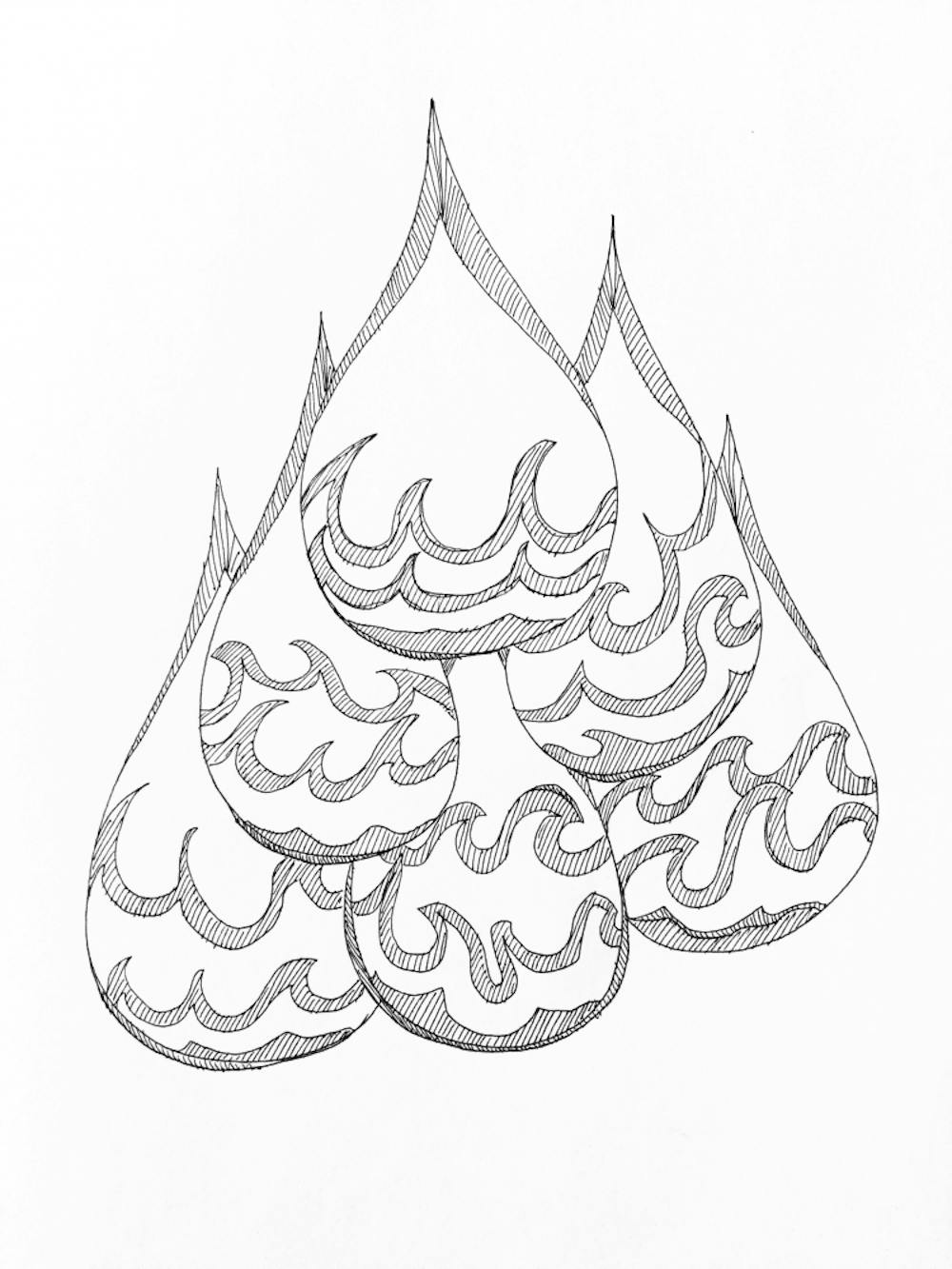The Institute for Computational and Experimental Research in Mathematics will focus its upcoming semester program on “Singularities and Waves in Incompressible Fluids,” gathering together researchers from across the country to tackle unsolved modeling problems involving phenomena like waves, bubbles and jets.
The program, which includes workshops as well as semester-long collaborations between scholars, is meant to create a space for mathematicians to come together and delve into these topics.
The program strives to facilitate progress on the mathematical modeling of waves. The equation that governs the movement of waves — known as the “Navier-Stokes Equation” — was established over a hundred years ago, but its applications remain elusive today.
This problem is well-known among mathematicians and has been a source of much scholarly focus, said Govind Menon, professor of applied mathematics and one of the organizers of the semester program. The Clay Mathematics Institute introduced the equation as one of seven Millennium Prize Problems, offering one million dollars for the solution to any of these problems that have stumped mathematicians.
The problem is well-known worldwide, and mathematicians pursuing the solution to the Navier-Stokes equation often work at different locations. By bringing people together in the same space, the program aims to improve communication. “No one in my department works on waves, so I’m very happy to be here. I’m expecting to get a lot of work done and … get new ideas,” said Diane Henderson, professor of mathematics at Pennsylvania State University and one of the organizers of the program.
Currently, there are three ways by which researchers attempt to solve the problem of modeling waves: analytically, using mathematical techniques; computationally, using computer simulations and experimentally, using wave pools and other equipment, said Baylor Fox-Kemper, associate professor of earth, environmental and planetary sciences.
The semester program aims to bring together people using each method so that the mathematicians can draw on each other, Henderson said. “It’s really wonderful to have people using all three methods come together. It makes all the difference in the world,” she added.
Researchers can also suggest papers and techniques for other mathematicians, Menon said.
While waves attract interest from many mathematicians, many scientists are intrigued by the topic as well. Fox-Kemper is interested in the semester program because he hopes it will enable him to create more accurate models of waves. He uses wave models to predict carbon flow into and out of the earth’s atmosphere and then applies this data to help model climate change.
Additionally, the semester program will focus on other unsolved problems relating to incompressible fluids, such as bubbles and jets, which are difficult to model mathematically, said Walter Strauss, professor of mathematics and the main organizer of the program.
Overall, 120 people will participate in the semester program, according to the program’s website. Strauss has high hopes for what the group might achieve: “Something really might come out of (the program) by communication from the different viewpoints,” he said.





